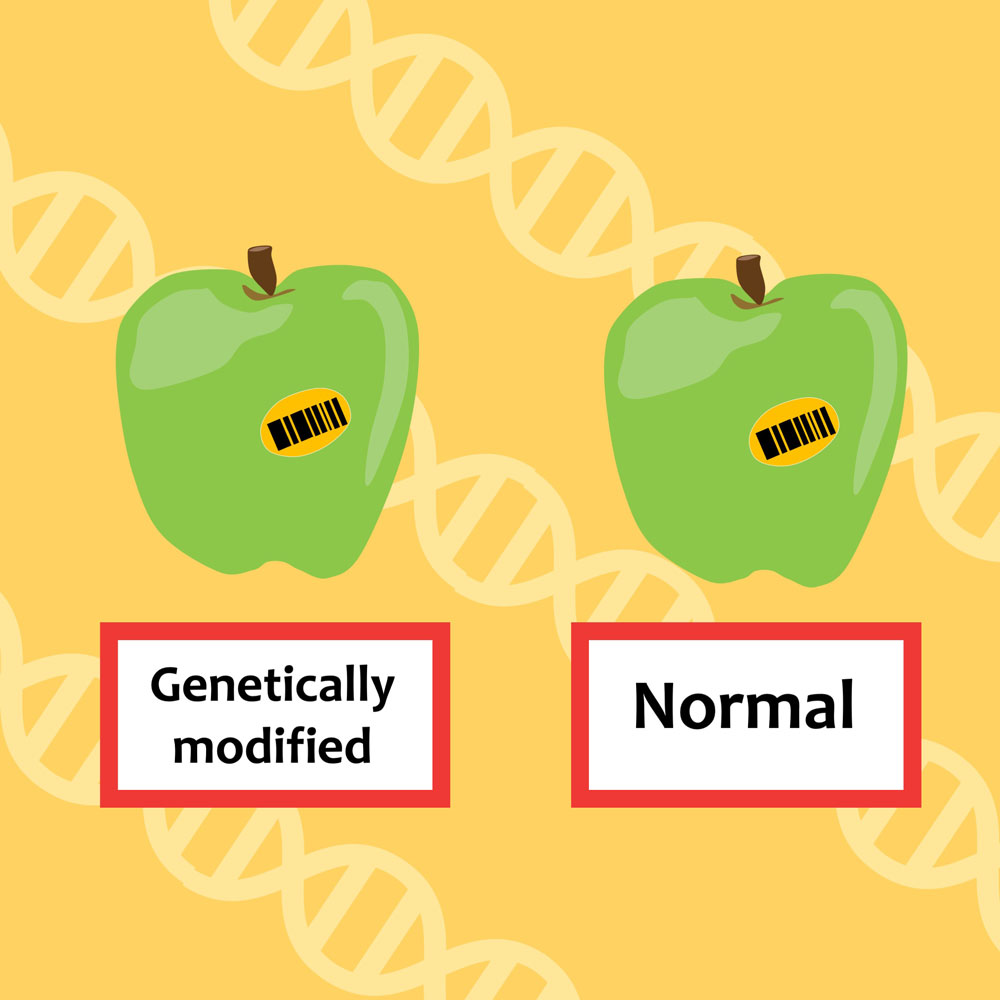
Written by Hayley McKay
Illustrated by Tammy Lee
“Extreme opponents of genetically modified (GM) foods know the least but think they know the most.” Not #fakenews. Published in January in the journal Nature, researchers have gathered tangible evidence that shines light on an issue that not only affects GM foods, but many other areas of science too.
GM foods are deemed safe to consume by a large majority of scientists after years of thorough testing. On top of being safe to consume, GM foods also provide added benefits traditional crops can’t offer, like disease resistance, drought tolerance and even nutrient fortification! But there is still huge public push-back and resistance towards GM foods in today’s society.
It is understood by many scientists already that the disapproval towards GM foods stems from a lack of understanding or misinformation, but few have actually been able to quantify this relationship. So, in the absence of this data, researchers from the Universities of Toronto, Colorado and Pennsylvania and Washington University set to collect quantitative data on the relationship between actual knowledge level, perception of knowledge level and level of opposition towards GM foods.
They surveyed a nationally representative sample of American adults and found that as extremity of opposition to GM foods increases, objective knowledge about science and genetics decreases, but perceived understanding of GM foods increases. Furthermore, these results were replicated in parallel studies in France and Germany where researchers were looking at attitudes towards genetic engineering in a medical context.
Conclusion: extreme opponents know the least, but think they know the most.
This should also tell you to take everything with a grain of salt. If someone is spreading extreme information or ideas (about GM foods or any other topic), instead of taking what they say at face value, it’s best to spend a bit of time to inform yourself with credible sources who know the subject in order to formulate your own ideas on the topic.
If this post accomplishes one thing, it should be to encourage you to always question your assumptions, and always be open to consider evidence which contrasts with your beliefs.
Sources:
- Hakimi, Navid, et al. “Handheld Skin Printer: in Situ Formation of Planar Biomaterials and Tissues.” Lab on a Chip, vol. 18, no. 10, 2018, pp. 1440–1451., doi:10.1039/c7lc01236e.